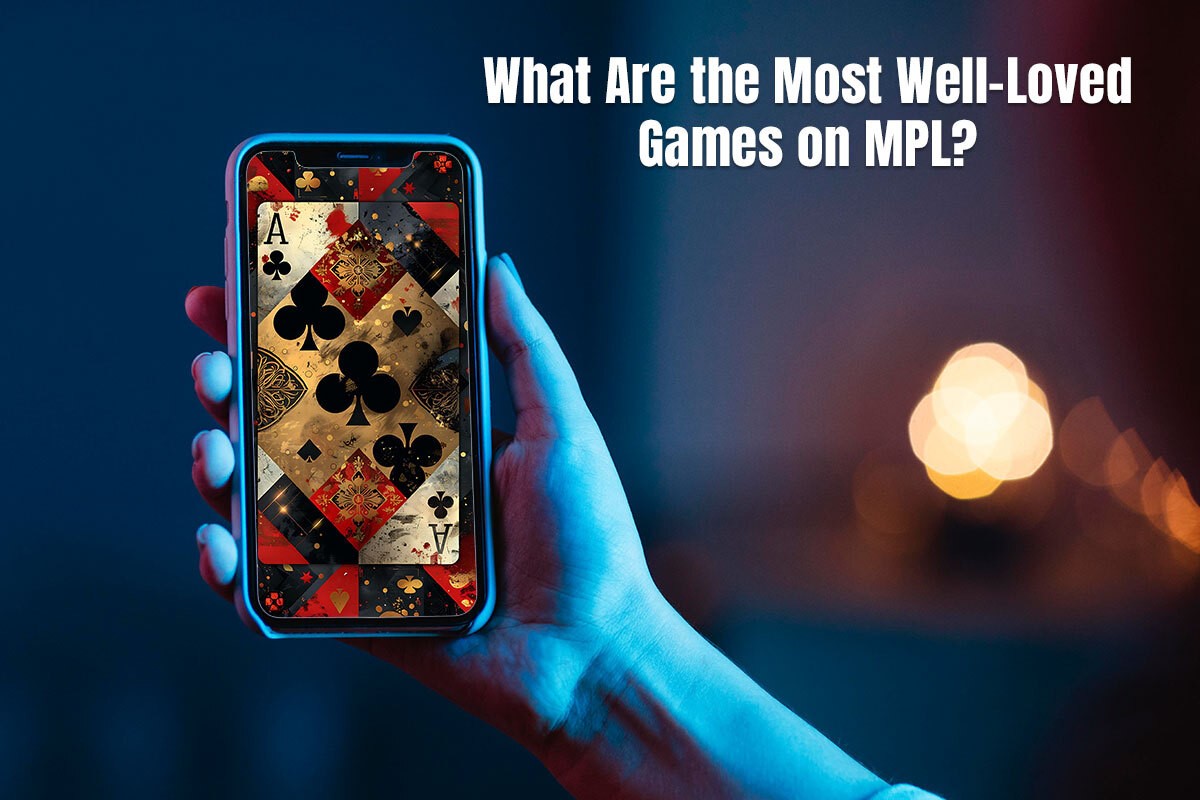The gavel has come down on mobile social network company Path. The firm will not be able to appeal the decision giving the go-ahead to a consumer’s class-action lawsuit regarding unwanted text messages.
The Illinois 7th Circuit Court of Appeals recently made the ruling against Path, a popular messaging service for Android, which reportedly sent bulk SMS messages to some users’ entire phone books, asking contacts to sign up or relaying “notifications.”
It’s not the first time this issue has reared its ugly head. A simply Google search shows a raft of commentary on the Path methodology. Here’s one, posted at Phandroid more than a year ago: “Word began spreading a few days ago after Path seemingly wigged out on a few users, sending mass SMS messages to everyone in their phone book — ex girlfriends, tire shops, grandmas, etc. — notifying them that the sender had “photos” for them waiting on Path. Not the kind of thing you would want sent to your buddy’s wife on a Friday night.”
Illinois resident Kevin Sterk has complained that he received a text message stating that another person — Path user Elizabeth Howell — wanted to show him photos on the service. The text also contained a link to a site where Sterk could register to join the social network.
“The move lets stand a prior ruling by U.S. District Court Judge Samuel Der-Yeghiayan in the Northern District of Illinois, who allowed state resident Kevin Sterk to pursue allegations that Path violated the federal Telephone Consumer Protection Act. That law prohibits companies from using automated dialers to send users text message ads,” noted Media Post in a story on the legal development.
While Path is arguing that the case should be thrown because its system doesn’t use “automated dialers” and its system only sends SMS messages to people whose phone numbers were provided by users, the company is finding few friendly ears.
Path believes the court decision marks a “dramatic expansion” of the federal telemarketing law and opens up new legal risks for any firm that sends text messages.
“Path isn’t the only company that allegedly tried to grow its network by spamming people,” said Media Post. “Lyft also is facing a potential class-action lawsuit for allegedly running an “aggressive marketing campaign” that sends people unwanted SMS messages.”
It’ll be a case to watch as text messaging service companies and consumers wage a battle over what is appropriate and what is considered unwanted and undesirable.



